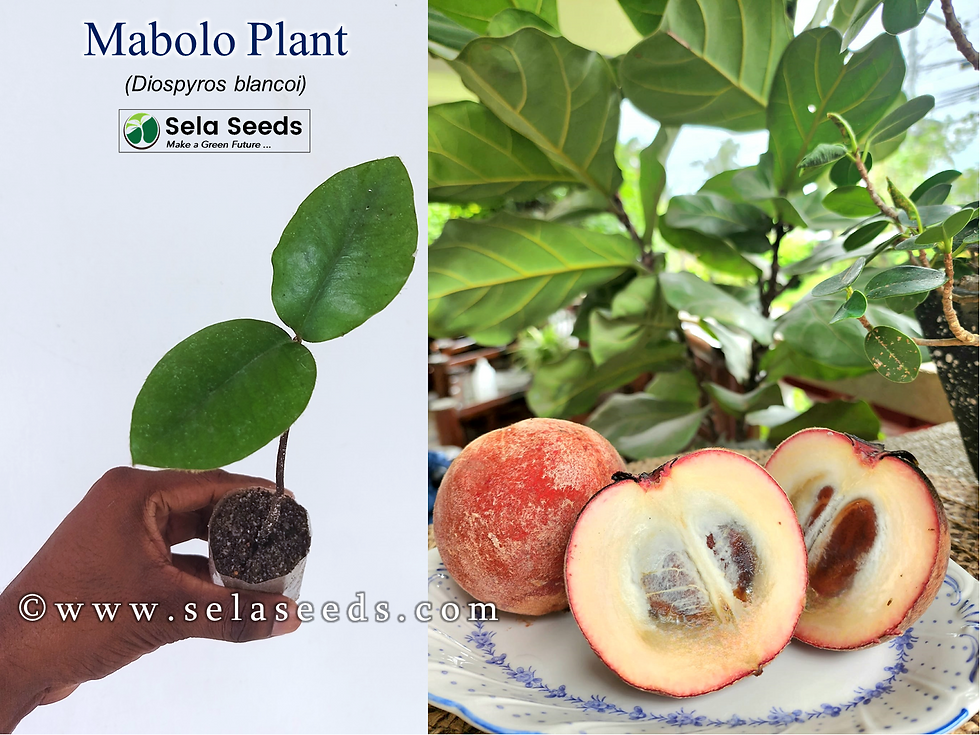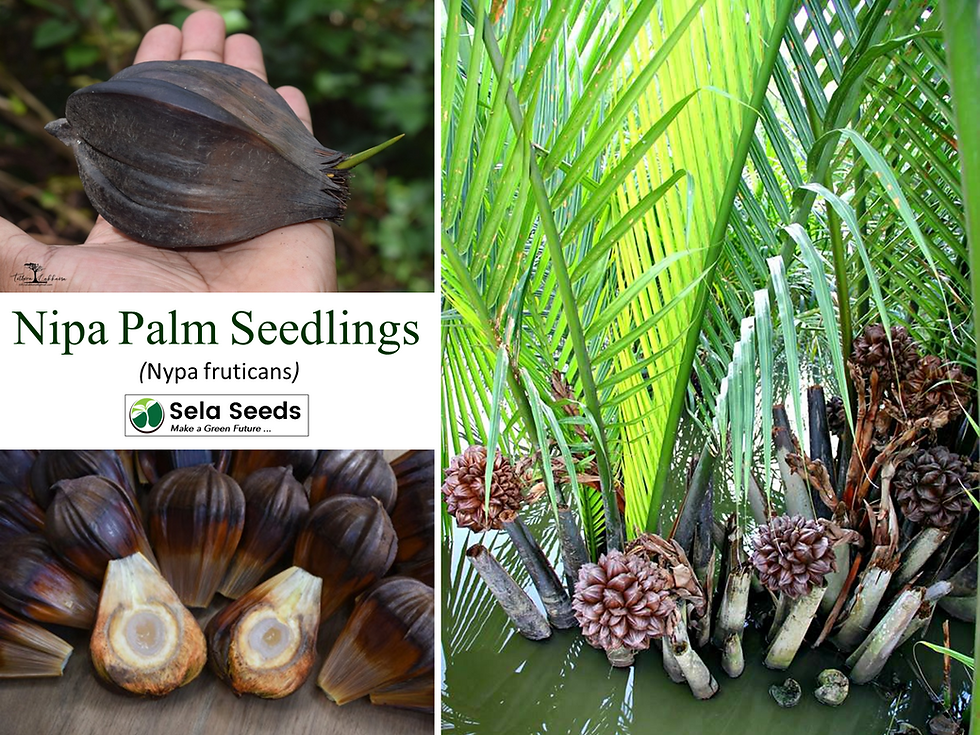One of the most useful trees in Sri Lanka that commonly found throughout the country. It is Native to Sri Lanka, Australia, India, and some other Asian countries The fruits are edible and the plant is used in Ayurveda for remedies. Also, use in timber industries and for firewood. The plant has widely grown as an ornamental tree on gardens, street sideways, and public parks for shade and also can be found in lowland or highland forests.
Common Classification
Common Names: Almond Tree, Indian Almond, Tropical Almond, Sri Lanka Almond
Sinhalese Name : Kottan, Kottamba
Category: Weed-Herb - Ornamental -Wild
The crispy and fragrant almonds are the most popular tree nuts worldwide, being incorporated in many customary recipes across countries, continents and cuisines. Apart from its mild earthy fragrance and crusty texture, the almond nut supplies a host of health benefits for heart, brain, skin, hair and digestive health, making it a wholesome breakfast food and a nutritious evening snack.
Almonds are scientifically termed as Prunus dulcis or Prunus amygdalis, belonging to the family Rosaceae. In India, these aromatic nuts are locally called “Badam” in Hindi, as well as in many other regional languages of Tamil, Malayalam, Telugu, Marathi and Kannada.
The almond tree is native to Iran and southern Asian countries namely Thailand, Malaysia, India and Sri Lanka. Almond grows best in Mediterranean climates with warm, dry summers and mild, wet winters. However, due to the fantastic health benefits that almonds confer for human health, the plant is extensively propagated and cultivated in warmer parts of North America, Australia and several nations around the globe.
The almond is a deciduous tree, growing 4–10 m in height, with a trunk of up to 30 cm in diameter. The young twigs are green at first, becoming purplish where exposed to sunlight, then grey in their second year. The leaves are long with a serrated margin and petiole. The flowers are white to pale pink, with five petals, produced singly or in pairs and appearing before the leaves in early spring.
The fruit of the almond is a drupe, consisting of an outer hull and a hard shell with the seed, which is not a true nut, inside. This is the edible part of the almond tree, which is widely consumed all over the world in the form of raw nuts, roasted or salted snacks, and even processed to synthesize almond flour and almond oil, to be used in cooking and cosmetic purposes.
Almond Nutritional Content:
Almonds also portray an impressive nutritional profile, being low on sodium and cholesterol, fostering heart health, and serving as a natural solution for weight loss, hair fall and many other common health concerns.
Almonds provide instant energy, being high on calories. They are also rich in proteins and fibers to facilitate digestion. Moreover, they are a storehouse of key trace minerals including calcium, magnesium and phosphorus for robust bones, zinc for improved skin health, and iron for normal red blood cell synthesis.
top of page
PrijsVanaf $15,00
Gerelateerde producten
bottom of page

































